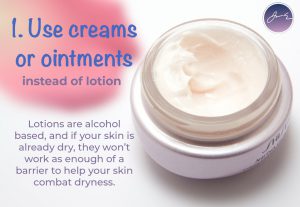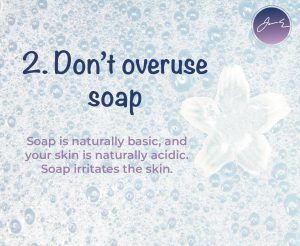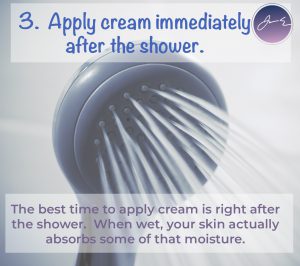Do HydraFacials Work? A Step by Step Procedure
Have you ever asked yourself how Jennifer Lopez or Gwyneth Paltrow is ever glowing even in their 50s? Well, A-list celebrities often credit their radiant, impeccable skin to drinking lots of water, adequate sleep, nutrition and of course visiting the best dermatologist. It’s recommended that you visit the Dermatologist at Cliffside Park. So, what’s the real secret to getting your skin looking like Beyoncé?
HydraFacial
HydraFacial works on all skin types. It is further reported that HydraFacial is essential for teenagers with acne and adults with wrinkles and pimples. HydraFacial is one of the most popular procedures in the world, not only because it’s a simple procedure, but also because it gives one a feel-good experience. Also, the 30-minute treatment improves the skin texture making it healthy and bright.
How Does HydraFacial Work?
The HydraFacial treatment removes dead skin cells from the surface of your face. Serums are then infused into the skin.
These are three steps involved in the HydraFacial treatment:
- Cleanse and Peel
It starts with skin exfoliation. The process of removing dead skin from the surface layer of the skin. It is believed to be advantageous to the skin, plus leaving the skin looking clearer, richer, unblocking openings, and with lasting use increases the production of collagen. This is what HydraFacial is all about. HydraFacial eradicates dirt and dead skin cells.
- Extract and Hydrate
This process gets the dirt out of pores and delivers topical moisturizers at the same time.
- Fuse and Protect
Your HydraFacial treatment will end with the use of special serums. They are used to help you get the skin you want, which includes: reducing wrinkles, eliminating dull skin, and dark spots. The treatment is fully created through serums, which is beneficial to users.
What’s the difference between a Microdermabrasion and a HydraFacial?
So, I know you’re probably asking don’t HydraFacial and Microdermabrasion do the same thing? The answer is No. Microdermabrasion uses manual extraction and can be slightly painful and uncomfortable for some people. This process involves spraying the skin with very small crystals to polish away the outer layer of dull, damaged skin cells. It’s harsh but very effective as well.
On the other hand, HydraFacials’ work on all skin tones (unlike Microdermabrasion), cleanse deeper into the skin than manual extraction, and there’s no pain. Plus, there’s no downtime at all. If you ask me which is my pick between the HydraFacial and Microdermabrasion, then I would pick the HydraFacial any day.
How Long Does a HydraFacial Take?
Each treatment takes about an hour and is highly customizable for all skin types and tones. Your dermatologist can help modify each treatment for your specific needs. Those with burns, rosacea, or rashes should avoid this procedure to prevent discomfort.
If you’re still unsure about taking a HydraFacial, there are other alternatives to getting that radiant skin but the one that’s right for you may depend on what your dermatologist offers. Learn more here: https://cliffsideskinandlaser.com/


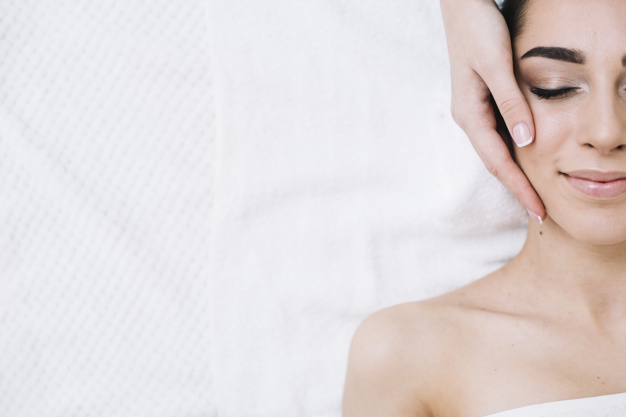
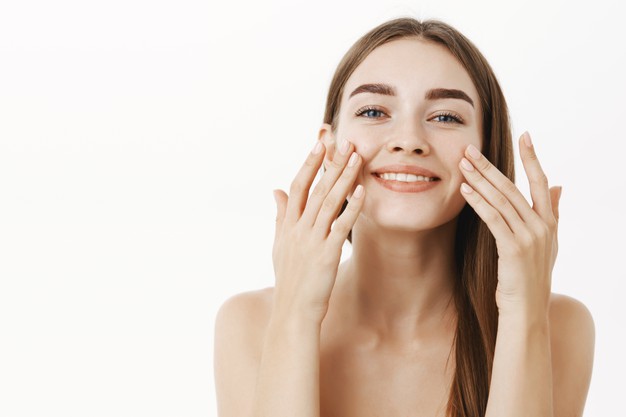
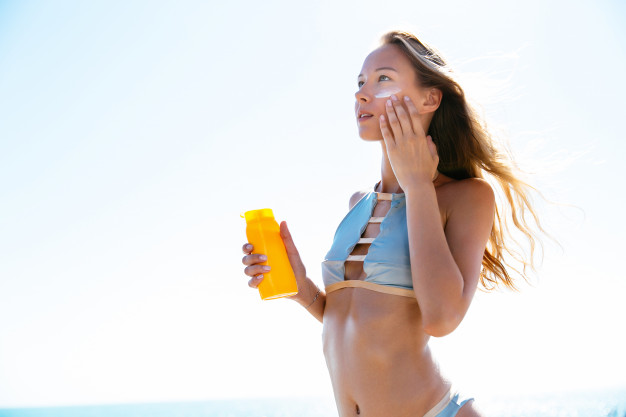
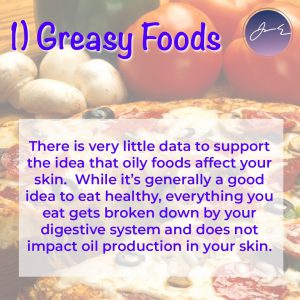
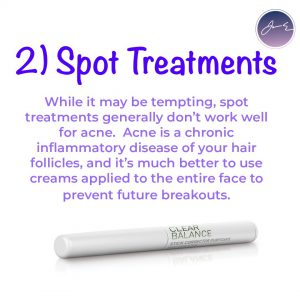
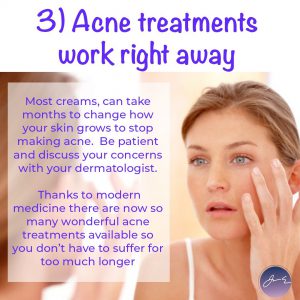
 .
.